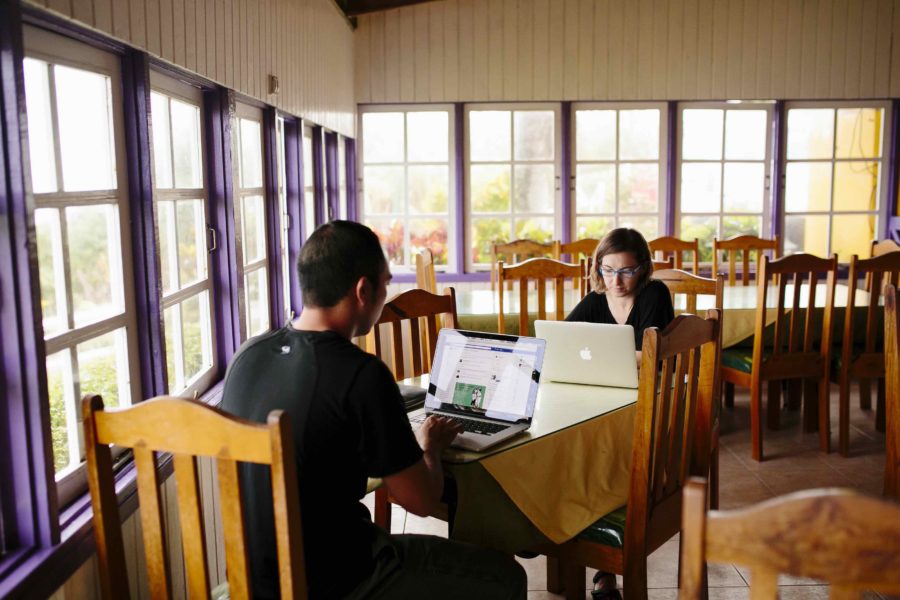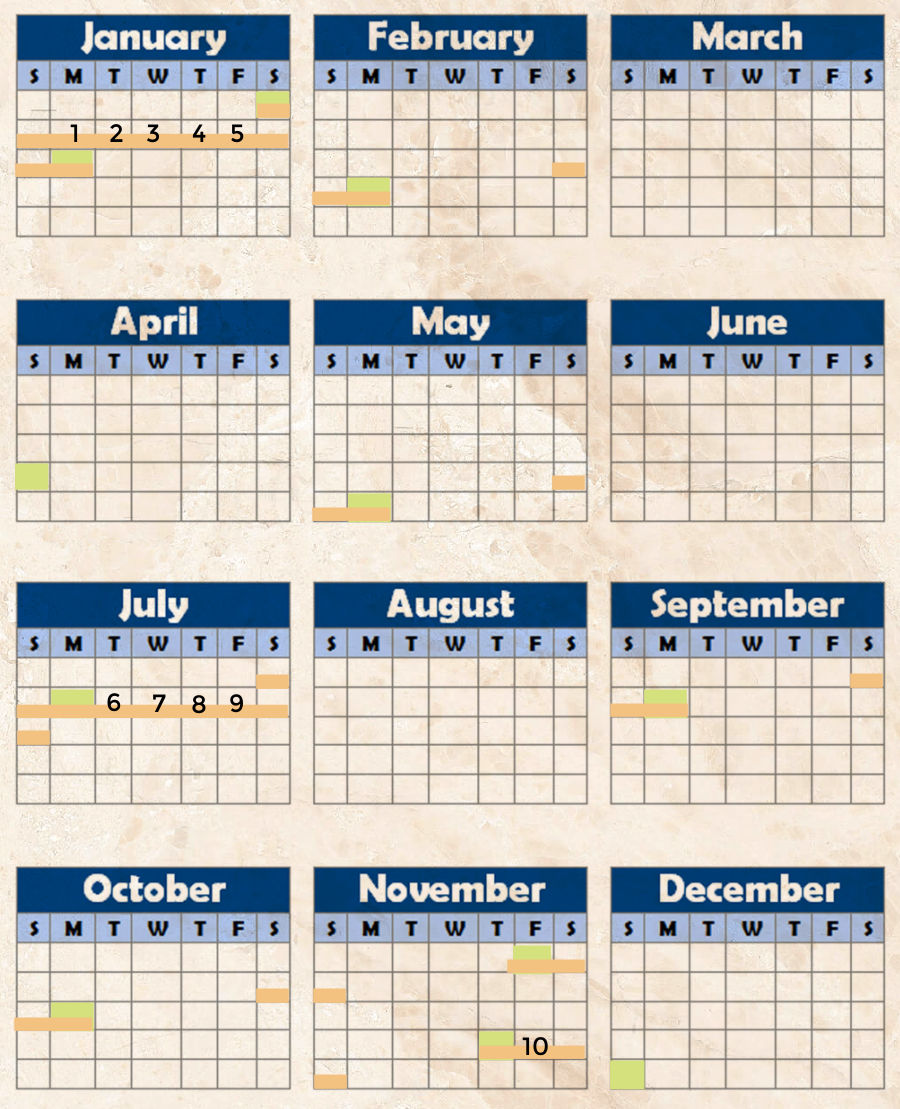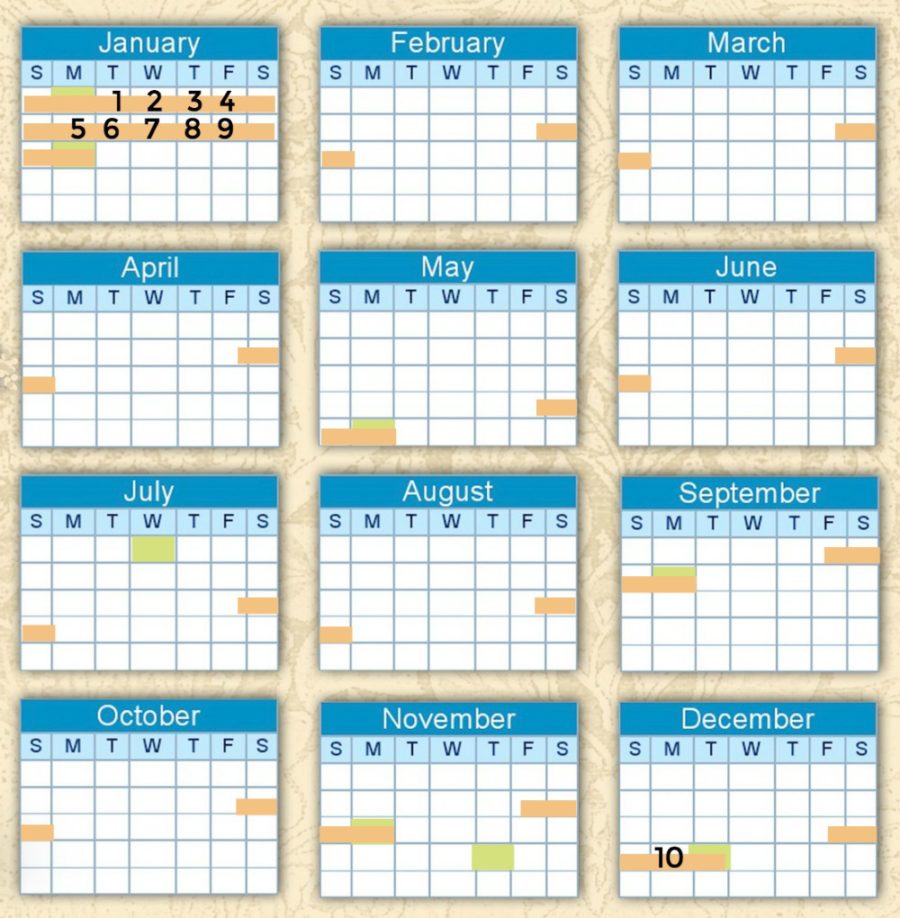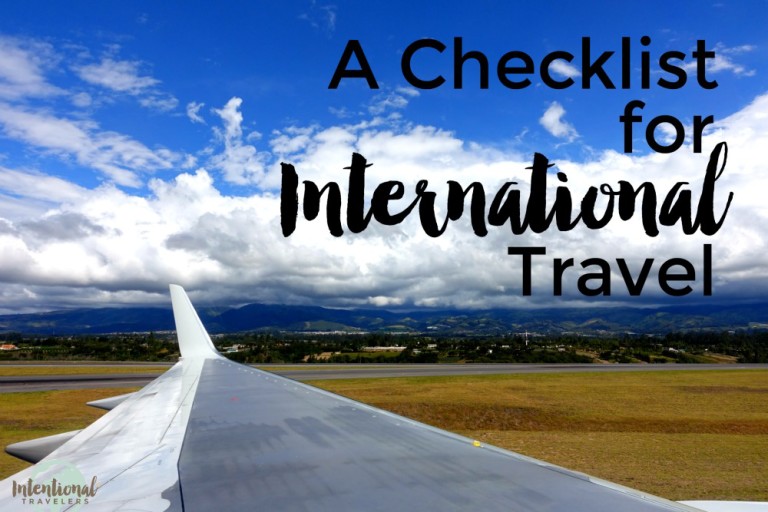How to Travel More With A Full-Time Job
How can you travel more while working full-time? How can you make the most of limited vacation days each year?
We know that one of the biggest barriers to transformational travel experiences is money – that’s why we focus on budget travel and unconventional ways to experience the world cheaply.
The second most common obstacle to travel among our readers has been the other commitments in their life. Most often, that boils down to limited time off from work.
There are only so many paid vacation days to use each year.
For Jedd and I, having flexibility in our schedule and being able to work from anywhere is easily the biggest reason we’ve adopted a digital nomad lifestyle. But we understand that the nomadic life is not for everyone.
Updated: 2023. Originally published: March 2017.
Working on site with a social media client in Jamaica. Photo credit: Dreamspace Collective.
With this post, we’re diving into how an average American with a full-time, traditional job, could maximize their annual work calendar for travel.
Paid Time Off in the United States
When it comes to maximizing vacation days, Americans are at a bit of a disadvantage. This exercise would be much easier in a European country, where the minimum paid time off starts at 20 days per year and goes up.
I found a blog post by a woman living in Germany who visited 9 countries with 60 days of travel last year, all while working full time! But she had 27 vacation days to start with.
As a matter of fact, the U.S. is the only developed country in the world that does not guarantee its workers paid vacations. Wikipedia lists the minimum number of mandated paid vacation days and paid public holidays by country, and it’s pretty eye opening. The U.S. and a few random island nations are the only ones who list 0 days!
Unfortunately, there’s not much to work with for the one quarter of Americans whose employers don’t offer any paid vacation days or holidays. So for our purposes, we’ll base our estimations on the American average, which is 10 days PTO per year.
Three quarters of American companies also offer an average of 8 paid holidays off per year, although there are actually 10 official federal holidays. We’ll go with the average.
Step One: Maximize Paid Holidays for Travel
To truly get the most out of your time off, you have to leverage those long weekends.
Assuming you work Monday through Friday, any time there’s a paid holiday, it’s one less day you have to take out of your limited vacation time. 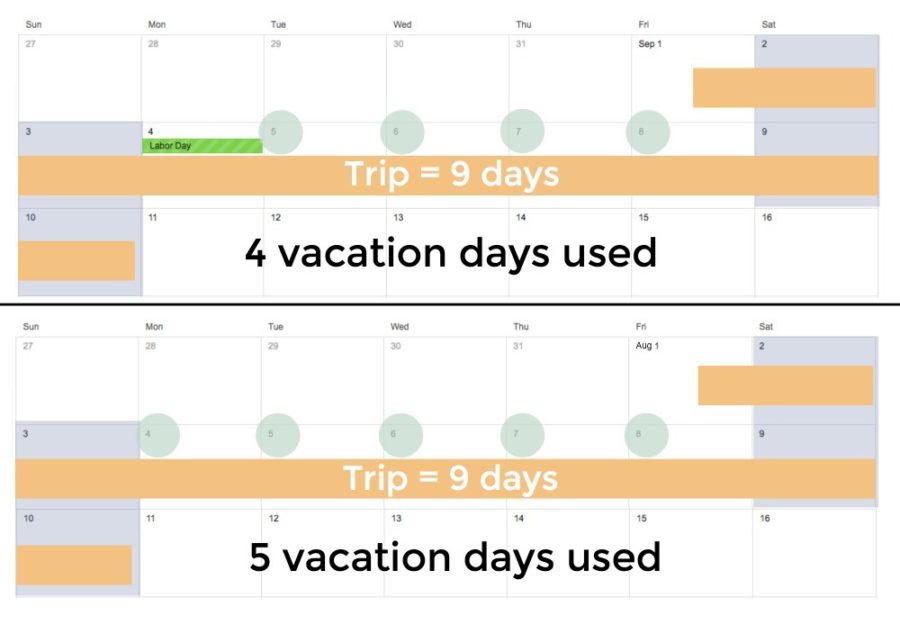
Step Two: Choose Destinations Wisely
The time it takes to get to and from a destination can really eat into your precious vacation days. Be strategic about how far you’re traveling, depending on how many days you have available for each trip.
If your dream is to see Japan or cruise to Antarctica this year, you probably don’t want to do it over a four-day weekend.
By the time you reach your destination, you’ll only have a hectic, bleary-eyed couple days before you have to turn around and come home. Trust me, that is not the best way to see a place. Not mention: you’ll need a vacation after your vacation, just to recover.
So if exploring a far-away destination is your priority, I recommend making that your one big trip for the year and putting 8, 9, or all 10 vacation days towards it. Any other travel for the year will have to be local, three-day weekend trips.
If you’re looking for one-week trip options (7 – 9 days), aim for transit times of 8 hours or less. That way, you can start enjoying the destination from day one and get the most out of your week.
Tip: To find vacation destinations that you can get to quickly and cheaply, try Google Flights Explore or Kayak’s Explore function.
Just choose your home airport and adjust the cost and duration sliders to suit your needs. You can also narrow your search to non-stop flights, which I definitely recommend to save time.
Here’s an example using Kayak Explore to find destinations less than 8 hours away from our home airport, PDX.
Want to learn more money-saving tips for flights? You might like my course, Book Better Flights.
TIP: Many travelers waste hours researching flights online and still overpay or book sub-par itineraries. Finding great flight deals doesn’t have to take hours if you know the right tools and strategies.
If you have my Book Better Flights course (also available inside our Membership), use my video tutorials and follow my step-by-step flight research road map so you can save time and money booking plane tickets.
Just to give you a rough overview, these are destinations you can reach from different parts of the U.S.:
From West Coast (Portland, Oregon):
From the Southwest (Houston, Texas):
- Most cities in the continental U.S.
- Southern Canada
- Several Caribbean islands
- Mexico
- Central America
- Aruba
- Trinidad and Tobago
- Medellin, Colombia
From the South (Atlanta, Georgia)
- Most cities in the continental U.S.
- Anchorage, Alaska
- Canada
- Most Caribbean islands
- Mexico
- Central America
- Colombia, Ecuador, Venezuela, Peru
From the East Coast (New York City):
- Most cities in the continental U.S.
- Canada
- Mexico
- Costa Rica
- Several Caribbean islands
- Aruba
- Trinidad and Tobego
- Ireland
- Morocco
Step Three: Big Picture Calendar Arbitrage
If you truly want to maximize your travel days for the year, I suggest planning at least a year in advance.
Find yourself an annual calendar so you can see the big picture all at once.
Then, write in your paid days off.
Depending on your travel goals, find the best weeks for your one or two bigger trips. Pay special attention to how you can save PTO by fitting the trips in around holidays.
Don’t forget to maximize your weekends with local trips. Where are the places you can easily drive to after work on a Friday evening?
Below are examples of a 2018 and 2022 travel calendar for a full-time employee with 10 paid vacation days and 8 paid holidays:
Paid Time Off: 10 days
Paid holidays: 8
Total number of trips for the year: 12 in 2018; 8 in 2022
Total travel days: 43 in 2018; 38 in 2022
How to work full time and have 43 travel days per year
43 travel days per year is pretty darn good, in my book. Of course, this is just an example. And the way holidays fall in some years (like 2022), don’t allow as much time off.
As you can see, you could potentially take a trip every month, which may or may not be in your budget.
If time off is truly your limiting factor and money is not the issue, you can always take more weekend trips. (For the rest of us who are limited by budget, we share our best tips for saving money on accommodations, flights, and travel experiences in our e-newsletter series.)
When there aren’t any holidays involved, the monthly trip would likely be just a local one – driving to the beach, visiting family up state, or camping with friends. But that’s not to say you can’t hop on a short, direct flight and spend two nights out of state. You leave Friday after work and return by Sunday evening.
In the scenario above, you can see that you’ll take advantage of a “sweet spot” in January where two holidays – New Years and MLK Day – fall really close to each other. This allows you to take a 16 or 17 day trip, while only using up 9 vacation days.
Imagine what you could do with that amount of time!
Ideas to get even more travel days each year
Our example calendars to help you travel more are based on the average paid time off and holidays. But don’t stop there!
Everyone’s situation is different, and there may be a few more ways you can squeak more travel in your year.
Here are some things you could consider:
1. Travel on business
Does your company have opportunities for paid business travel? Do you have a professional development benefit you could use on attending a conference? Make a trip out of it!
2. Negotiate with your boss
When it comes time for your annual review or salary negotiations, pitch the idea of increasing your paid time off.
Or maybe you could take unpaid time off. Or work longer shifts to free up time for vacation. Try to find a win-win situation that keeps your boss happy and allows you more time to travel.
3. Work remotely
Is there some portion of your work that can be done from home? More and more Americans are working remotely these days, even if it’s once or twice a week.
If you can prove that you’re just as productive working from home, you’re one step away from taking it on the road.
Like this post? Pin for later or share with friends!

